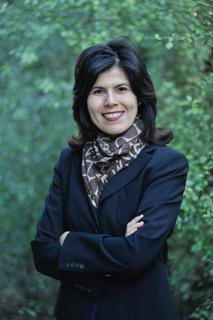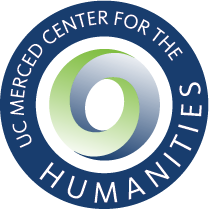
Natalia Molina is a Professor of History and Urban Studies at the University of California, San Diego. Her scholarship addresses US History, Latina/o History, Public Health, Immigration History, Racial and Ethnic Studies and Urban Studies. She is the author of two award-winning books, How Race Is Made in America: Immigration, Citizenship, and the Historical Power of Racial Scripts and Fit to be Citizens? Public Health and Race in Los Angeles, 1879-1939.
I am someone who is fascinated by how we think about race and those ideas have staying power even once the people who espoused them are gone. As a US historian of Chicana/o Studies and Urban Studies, I study the institutionalization of the idea of race in spaces, notably in cities and institutions, particularly those related to immigration and public health. I have written extensively on these topics for the last 15 years, including in two award-winning books, Fit to be Citizens? Public Health and Race in Los Angeles, 1879-1939, which demonstrates how both science and public health shaped the meaning of race in early twentieth century Los Angeles in ways that continue to shape the city today. My second book, How Race Is Made in America: Immigration, Citizenship, and the Historical Power of Racial Scripts, examines Mexican immigration--from 1924 when immigration acts drastically reduced immigration to the U.S. to 1965 when these quotas were abolished--to understand how broad themes of race and citizenship are constructed. These years shaped the emergence of what I describe as an immigration regime that defined the racial categories that continue to influence perceptions in the U.S. about Mexican Americans, race, and ethnicity.













